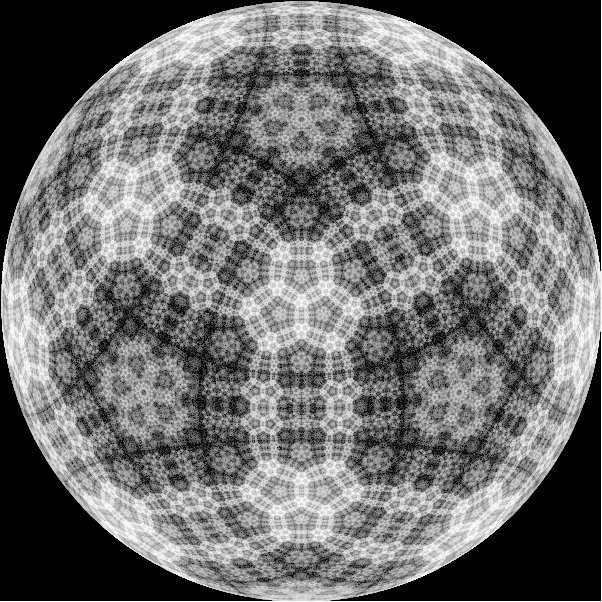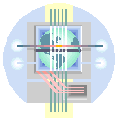
Instructional Materials for Craig White's Literature Courses
|
|
Primary, Background, & Secondary Research |
|
![]() Primary texts
in Literature courses are
usually works of fiction, poetry,
or drama, sometimes historic essays, sermons, speeches, etc. A typical research paper
analyzes one, two, or more primary texts. The
danger of involving too many texts is that the analysis is spread thin.
Primary texts
in Literature courses are
usually works of fiction, poetry,
or drama, sometimes historic essays, sermons, speeches, etc. A typical research paper
analyzes one, two, or more primary texts. The
danger of involving too many texts is that the analysis is spread thin.
![]() Background
sources refer to handbooks, encyclopedias, and companions to literature that
provide basic generic, biographical, or historical information. In libraries general encyclopedias and dictionaries are
located
in the A shelves of UHCL's Neumann
Library's Reference section. Specialized literary encyclopedias
and handbooks are found on the Reference section's PR and PS shelves. On the
Web, such sources would include
Wikipedia and other more or less specialized
literary websites providing common knowledge or basic information on varied
topics.
Background
sources refer to handbooks, encyclopedias, and companions to literature that
provide basic generic, biographical, or historical information. In libraries general encyclopedias and dictionaries are
located
in the A shelves of UHCL's Neumann
Library's Reference section. Specialized literary encyclopedias
and handbooks are found on the Reference section's PR and PS shelves. On the
Web, such sources would include
Wikipedia and other more or less specialized
literary websites providing common knowledge or basic information on varied
topics.
![]() Secondary
sources refer to critical articles or
books about primary texts or their authors' style in them. (When you write an analytic / research paper, you are
creating a secondary source.)
Secondary
sources refer to critical articles or
books about primary texts or their authors' style in them. (When you write an analytic / research paper, you are
creating a secondary source.)
![]() Articles
may be found in journals or bound collections of essays. Books
of secondary research (histories and analyses of literature) are found on the regular
PR and PS shelves of the library, or on the Web through JStor and other
web-accessible journals or books.
Articles
may be found in journals or bound collections of essays. Books
of secondary research (histories and analyses of literature) are found on the regular
PR and PS shelves of the library, or on the Web through JStor and other
web-accessible journals or books.
![]() To find secondary sources,
search the
MLA directory database
provided by UHCL's Neumann
Library—reference librarians will help.
To find secondary sources,
search the
MLA directory database
provided by UHCL's Neumann
Library—reference librarians will help.
![]() Secondary sources typically represent "advanced research" dealing with curren
problems or issues in literary studies. These sources often take "background
knowledge" for granted.
Secondary sources typically represent "advanced research" dealing with curren
problems or issues in literary studies. These sources often take "background
knowledge" for granted.

—
[ ]x

